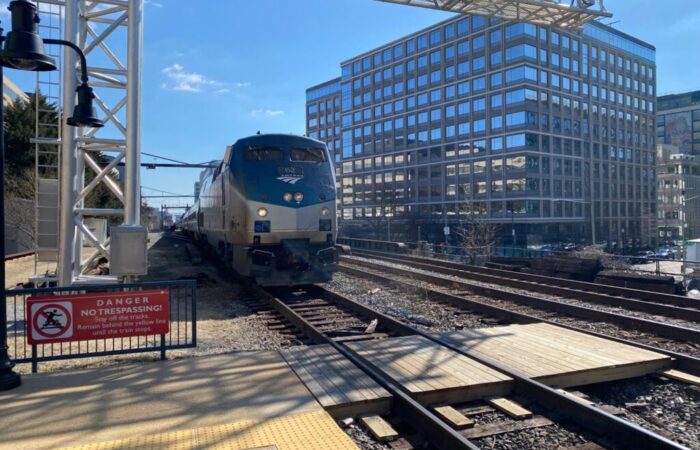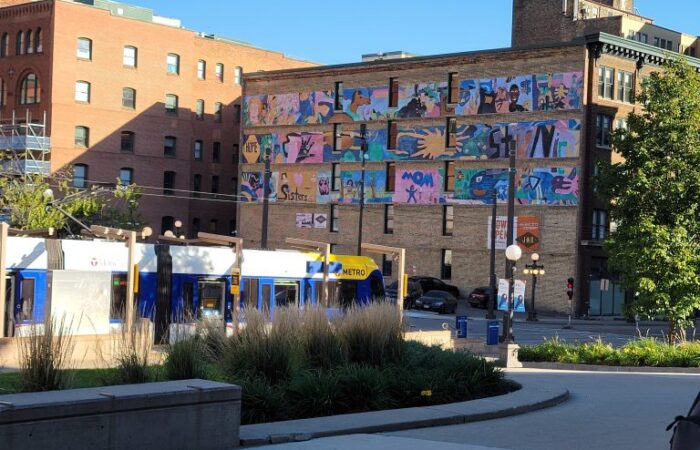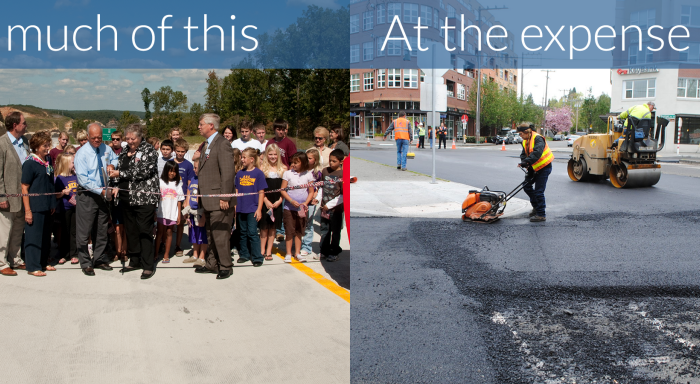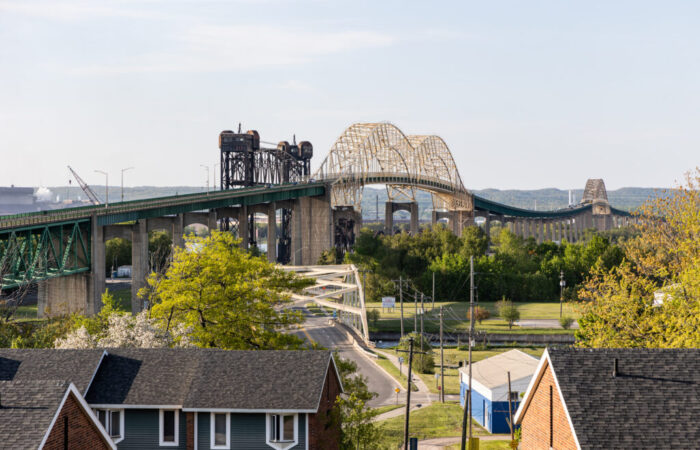Three takeaways from T4A’s webinar on Trump’s executive orders
Yesterday, our Director Beth Osborne led a webinar that provided a high-level overview of our Reauthorization 101 resource and analysis of Trump’s recent executive orders and memos. Here are the top three takeaways from the conversation with over 400 attendees.1. Many are still confused as







